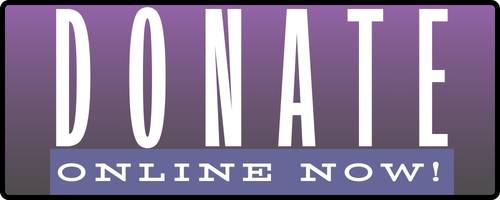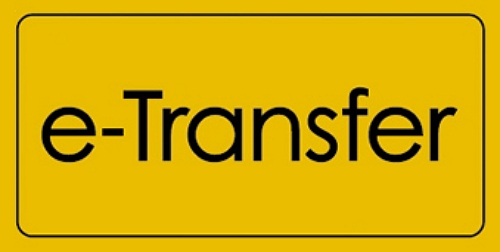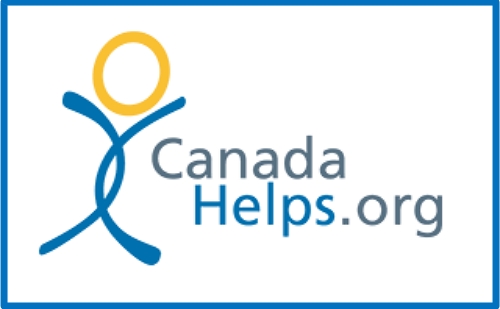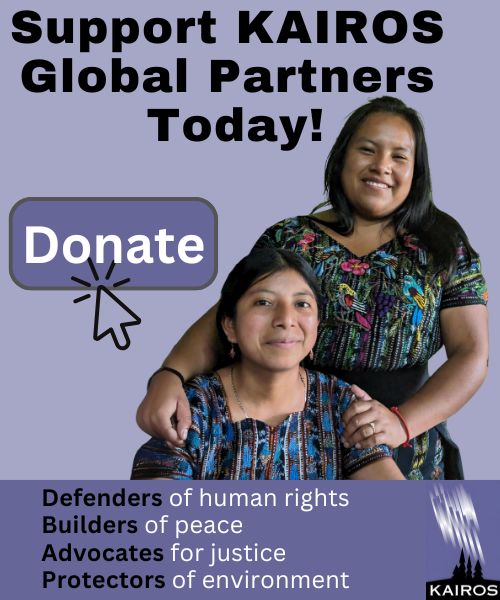Drumming for Indigenous Rights
On November 12 the Government of Canada finally endorsed the United Nations Declaration on the Rights of Indigenous Peoples, just over 3 years after it was adopted by the UN General Assembly in September 2007.
While the government’s decisions to qualify its endorsement, and bury the announcement, weren’t surprising, they were disappointing and did little to inspire confidence in its commitment to use the Declaration’s endorsement to “continue working in partnership with Aboriginal peoples in creating a better Canada.“
Nevertheless, most Indigenous groups welcomed the endorsement and emphasized the need to focus on implementation. With regard to whether the government is serious about that, Assembly of First Nations National Chief Shawn Atleo’s “wait and see” approach was typical. As he explained in an interview to The Hill Times: “The early indication suggests they’re prepared to set out a jointly designed work plan. As they say, the proof is always in the pudding. This is going to be about the action of following up the endorsement.”
If the government’s intent was to insure its announcement didn’t get much attention, it couldn’t have chosen a better time than the Friday afternoon following Remembrance Day. Unlike the federal government’s apology to the former students of Indian residential schools in 2008, which was delivered in the House of Commons to an audience that included former students and Indigenous leaders, and broadcast across the country, the Declaration’s endorsement happened quietly, via press release, with no press conference or Indigenous peoples involved.
This low-key approach was compounded by the government’s decision to qualify its endorsement. More than once it down-played the significance of this crucial human rights instrument by referring to it as an “aspirational” document, and insisted on describing it as “not legally binding.”
On a more positive note, the government said it “strongly supports” the Declaration’s principles of equality, partnership, good faith and mutual support, and believes “they are consistent with the Government’s approach to working with Aboriginal peoples.”
Now that Canada has endorsed the Declaration, the real work of implementation begins.
KAIROS will work with Indigenous peoples and their allies to ensure the Declaration doesn’t suffer the same fate as the 1996 Report of the Royal Commission on Aboriginal Peoples, or the 2008 Apology to former Indians residential school students, which are both gathering dust.
The Declaration is one element of KAIROS’ 2010-2011 education and action campaign. The Land, Our Life: Indigenous Rights and Our Common Future calls on the government to use the Declaration in collaboration with First Nations, Inuit, and Métis peoples towards a society that lives up to its human rights standards.
A petition to the House of Commons is the key action piece of this campaign. It focuses on implementation and asks the government to “work collaboratively with Indigenous Peoples on the full and effective implementation of the Declaration” and to provide Parliament with “regular reports on how the Government will reform laws and policies that fall below the UN Declaration’s standards.”
The December 5 KAIROS Day of Action, Beat the Drum: Changing the Climate for Indigenous Rights is a chance for Indigenous and non-Indigenous peoples across Canada to celebrate and send a clear message to governments at all levels that the time has come to get serious about upholding and enforcing the rights of Indigenous peoples in Canada.
We need to come together and make our voices – and drums – heard if we want to see real progress in the situation facing First Nations, Inuit and Métis peoples in Canada. So let’s get drumming!



